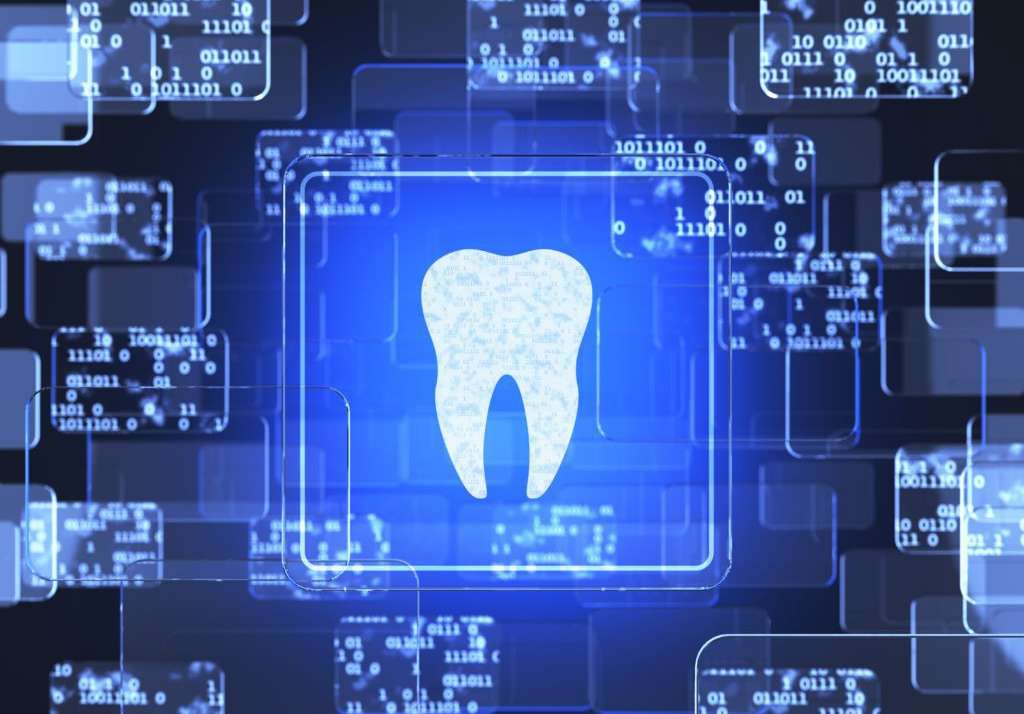Laser dentistry uses focused beams of light (lasers) to perform dental procedures, offering benefits like less pain, faster healing, and more precise work compared to traditional methods. It can be used for a wide range of treatments, including cavity preparation, tooth reshaping, gum contouring, and even teeth whitening.
Here’s a more detailed look at laser dentistry:
-
How it works:Lasers produce a narrow, intense beam of light that interacts with tissue on contact, cutting, shaping, or removing it.
-
Benefits:
- Less pain and discomfort: The laser’s precise energy can minimize pain and reduce the need for local anesthesia.
- Reduced bleeding: Lasers can seal blood vessels as they cut, leading to less bleeding during procedures.
- Faster healing: The minimized damage to surrounding tissues allows for quicker healing times.
- More precise work: Lasers offer a higher degree of control over the power output and exposure times, leading to more accurate treatments.
- Less pain and discomfort: The laser’s precise energy can minimize pain and reduce the need for local anesthesia.
-
Applications:Laser dentistry is used in various procedures, including:
- Cavity preparation and filling: Lasers can remove decayed tooth material and prepare cavities for fillings.
- Gum reshaping: Lasers can reshape gum tissue for a more natural look or address issues like a “gummy smile”.
- Tooth whitening: Lasers can be used to activate bleaching agents and accelerate the teeth whitening process.
- Soft tissue procedures: Lasers are used to treat conditions like cold sores, canker sores, and gum inflammation.
- Surgical procedures: Lasers can be used for procedures like frenectomy (cutting and reducing the frenulum under the tongue).
- Cavity preparation and filling: Lasers can remove decayed tooth material and prepare cavities for fillings.




